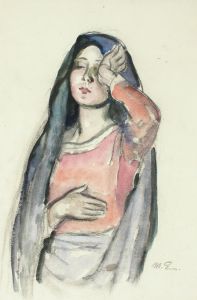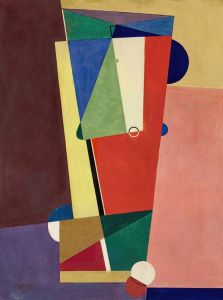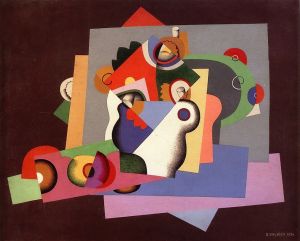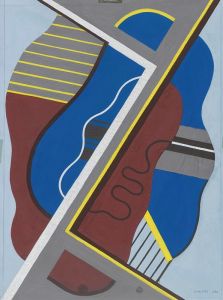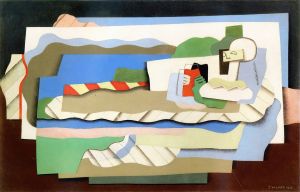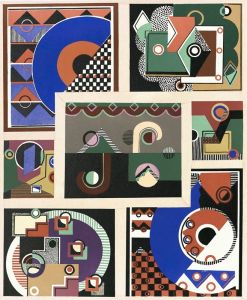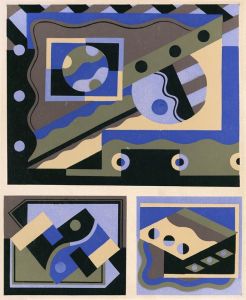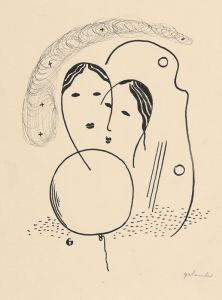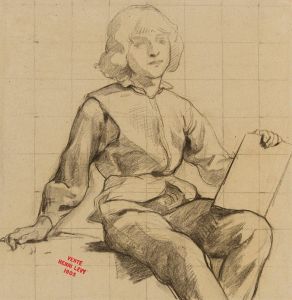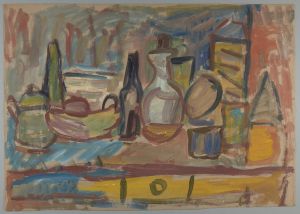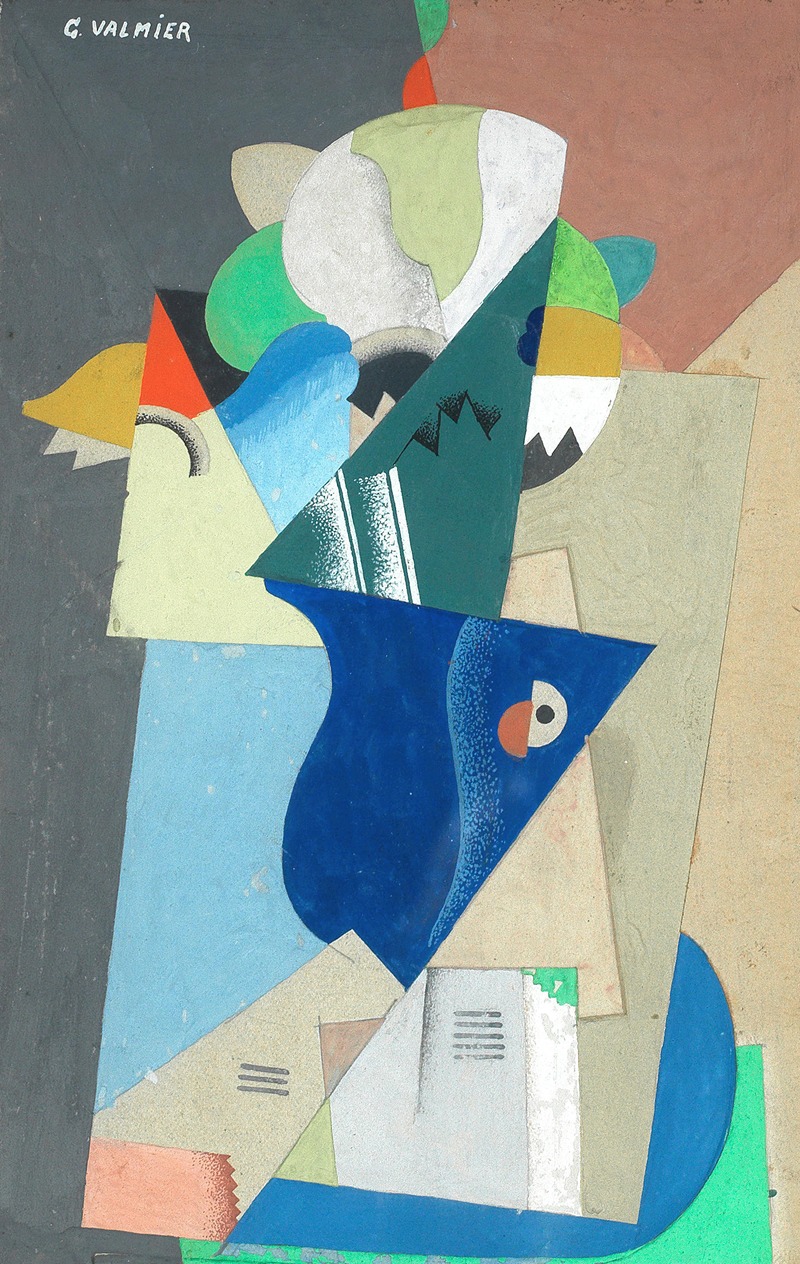
Vase de fleurs
A hand-painted replica of Georges Valmier’s masterpiece Vase de fleurs, meticulously crafted by professional artists to capture the true essence of the original. Each piece is created with museum-quality canvas and rare mineral pigments, carefully painted by experienced artists with delicate brushstrokes and rich, layered colors to perfectly recreate the texture of the original artwork. Unlike machine-printed reproductions, this hand-painted version brings the painting to life, infused with the artist’s emotions and skill in every stroke. Whether for personal collection or home decoration, it instantly elevates the artistic atmosphere of any space.
Georges Valmier (1885–1937) was a French painter associated with the Cubist movement. He is known for his vibrant use of color and geometric abstraction, which were hallmarks of his artistic style. Among his works, Vase de fleurs (translated as Vase of Flowers) is a notable example of his exploration of form and color within the Cubist framework.
Vase de fleurs exemplifies Valmier's mature style, characterized by the synthesis of Cubism and a personal approach to abstraction. The painting features a still life composition, a common subject in Cubist art, where everyday objects are deconstructed and reassembled into fragmented geometric shapes. In this work, Valmier employs bold, vivid colors and overlapping planes to depict a vase of flowers, transforming the traditional still life into a dynamic and modern visual experience.
Valmier's artistic career was deeply influenced by the innovations of early 20th-century art movements. He initially studied at the École des Beaux-Arts in Paris and was inspired by the works of Paul Cézanne and the Cubist pioneers, including Pablo Picasso and Georges Braque. By the 1910s, Valmier began to develop his own interpretation of Cubism, incorporating a more decorative and colorful approach compared to the monochromatic palettes often associated with early Cubist works.
Vase de fleurs reflects Valmier's interest in harmonizing abstraction with a sense of rhythm and musicality. This connection to music was a recurring theme in his art, as Valmier himself was a trained musician. The interplay of shapes and colors in the painting creates a visual rhythm that mirrors the structure of a musical composition.
While Valmier's work was not as widely recognized during his lifetime as that of some of his contemporaries, his contributions to modern art have gained greater appreciation over time. His paintings, including Vase de fleurs, are celebrated for their innovative use of color and form, which helped to expand the boundaries of Cubism and abstraction.
Today, Vase de fleurs is considered an important example of Valmier's artistic legacy. It is held in private collections or museums, though specific details about its current location or provenance may vary. Valmier's works continue to be studied and exhibited as part of the broader narrative of early 20th-century modern art.





